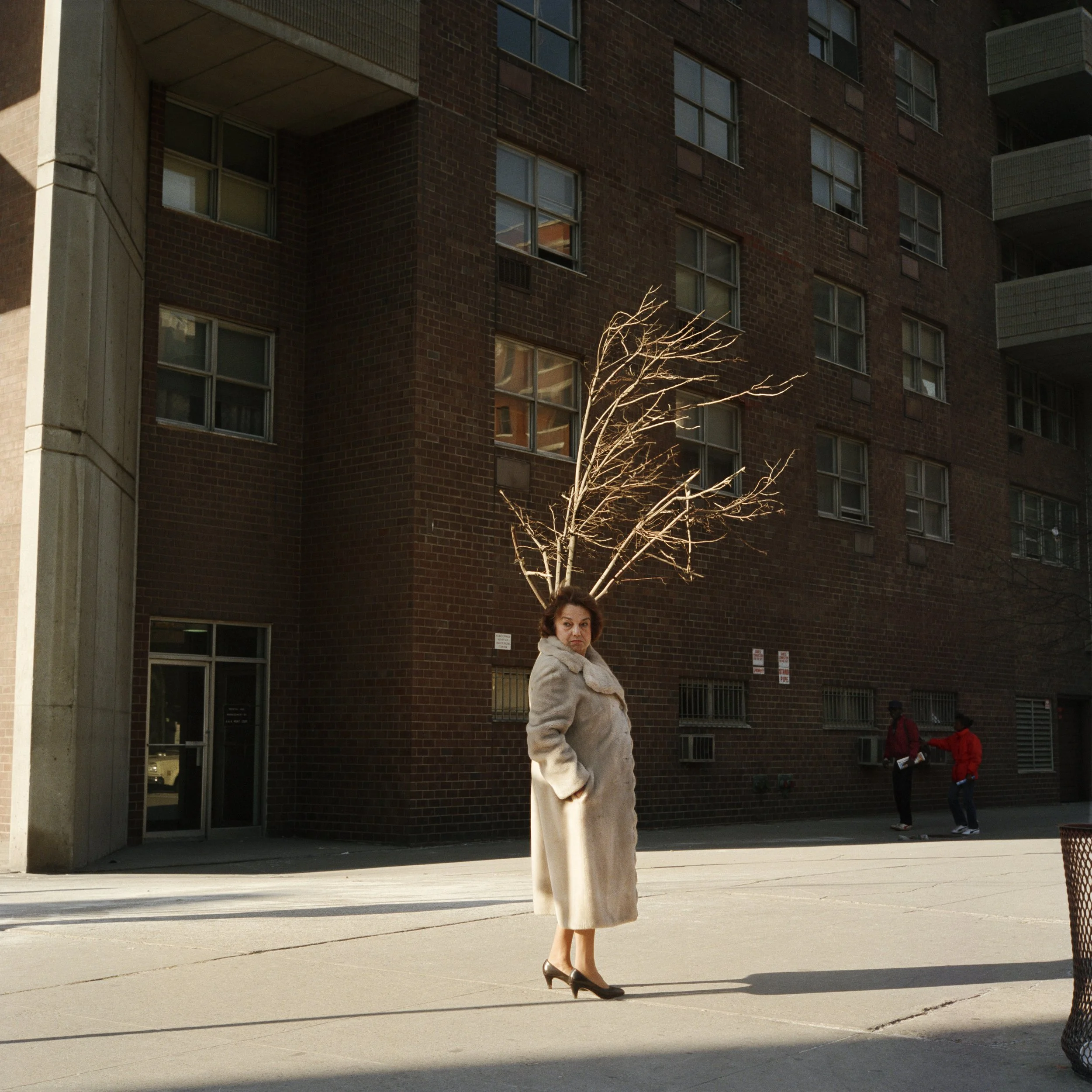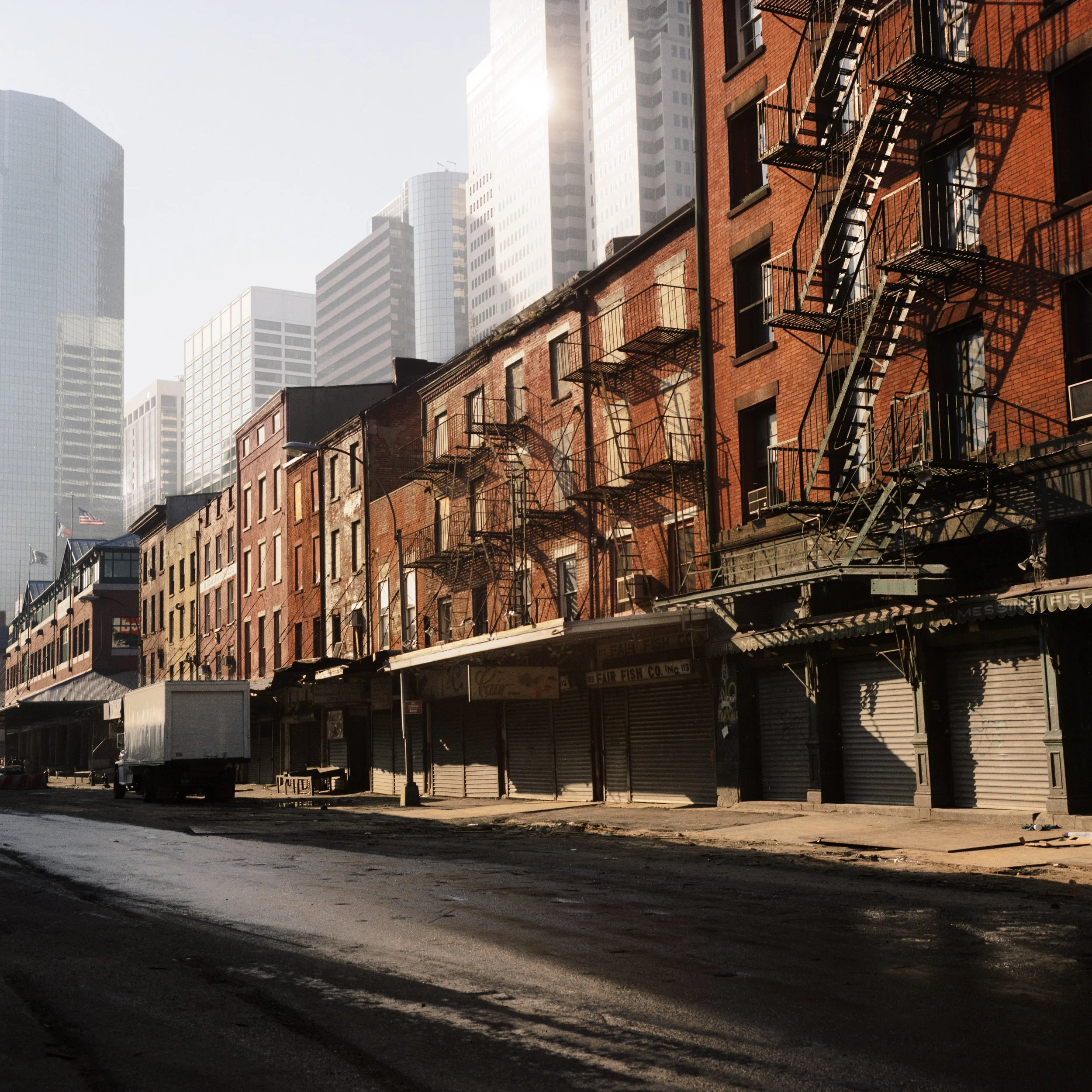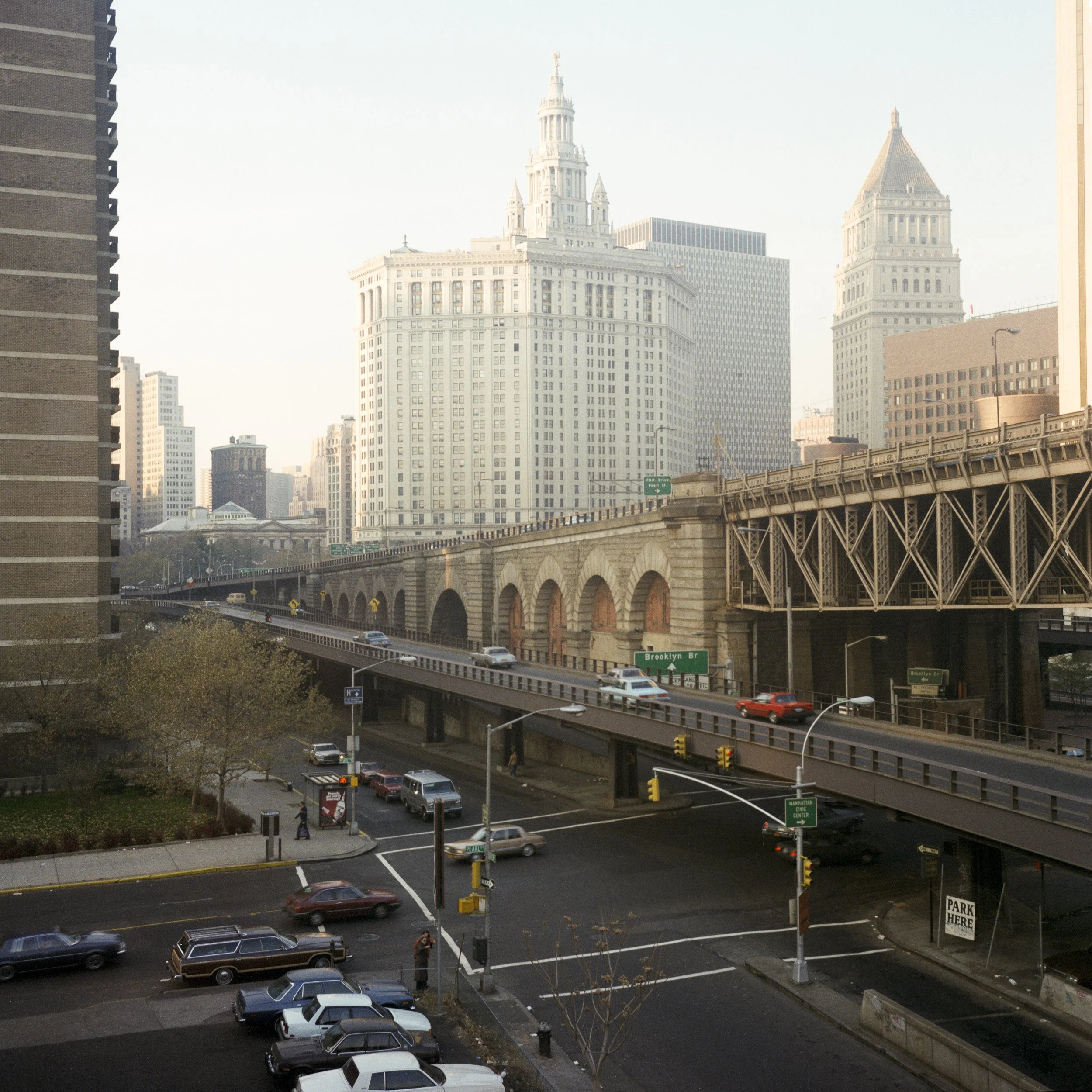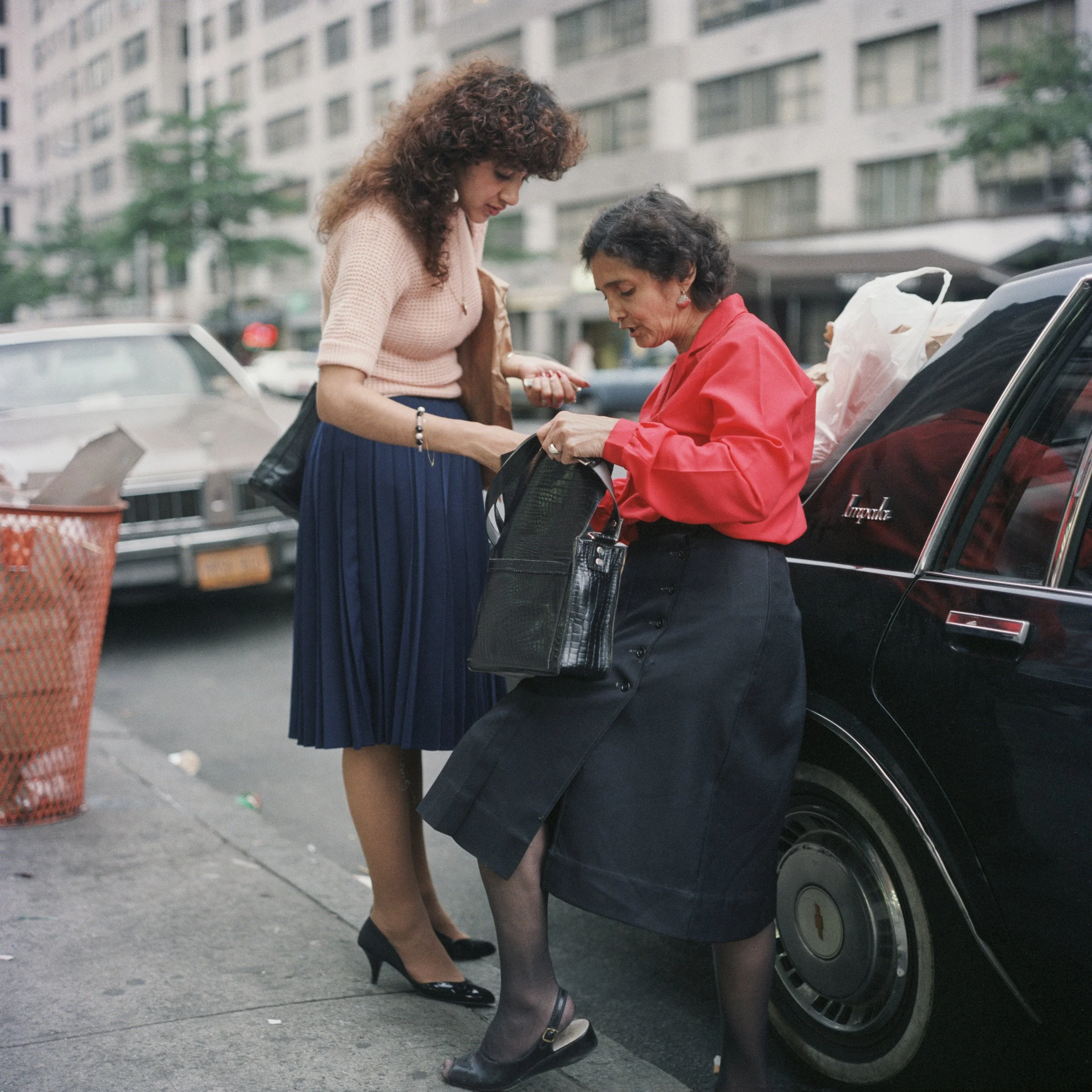JANET DELANEY
New York in the 80s
January 15 - March 5, 2022
Installation by Henrik Kam
Janet Delaney thought she was taking pictures of crowds. On short trips to New York City from San Francisco in the 1980s, Delaney welcomed the sense of anonymity that came from being in a bigger city, in a place where no one knew her. “In New York,” she told me, “no one really cared what I was up to. Everybody was living in their own worlds. It gave me a place to observe from. I was liberated. I could just wander around with my camera.” She was hungry for the city’s energy: its bustling streets, the way she could get lost in a crowd.
But when we look at the pictures together, there are no crowds. Some of the emptiness may be attributed to the early hour. Delaney often took a red-eye flight and arrived when dawn was still kindling. Early risers walk past her quickly, intent on getting to the office. Others are lost in bleary reverie on the morning commute.
Installation by Henrik Kam





















